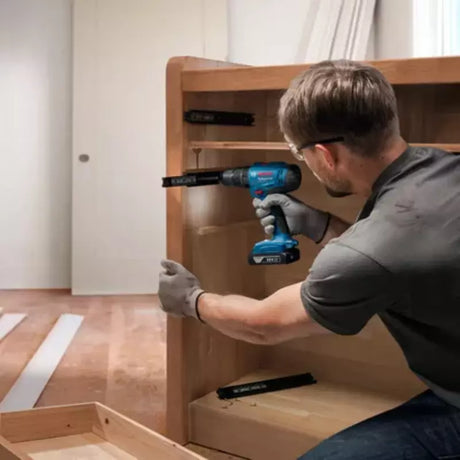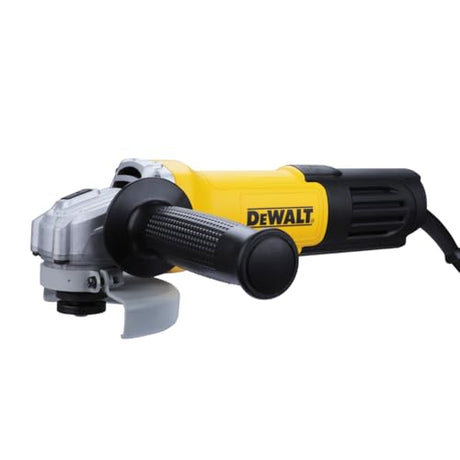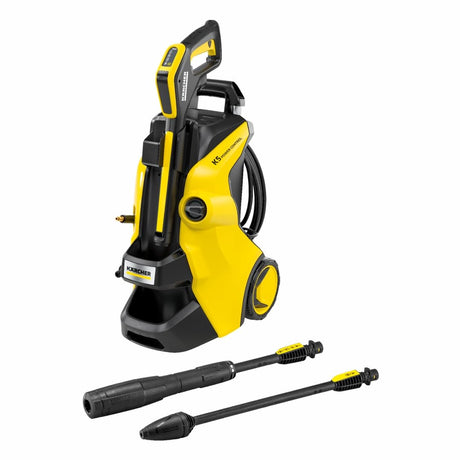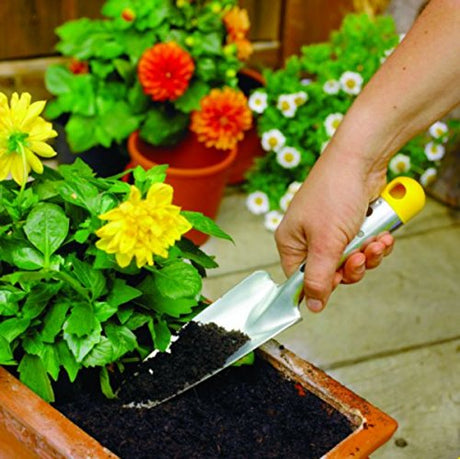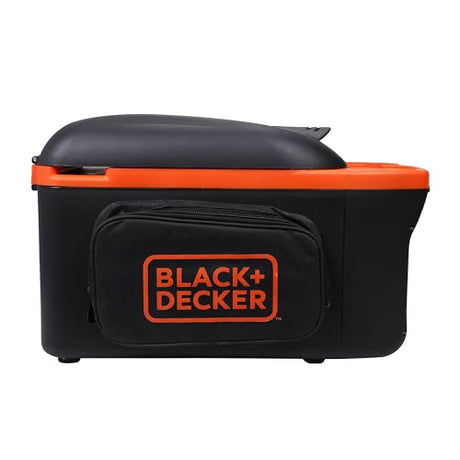Lenox 20578818R Edge Insert Blades 8" 18T 5-Pack
Rs. 2,086.76Unit price /UnavailableLenox 20577850R Bi-Metal Blade 8-inch 5-Pack
From Rs. 1,644.30Unit price /UnavailableLenox 21062956GR Gold Power Arc Blade 6T
From Rs. 1,654.69Unit price /UnavailableDeWalt DT99553-QZ XR 152mm Metal Saw Blade 5Pc
Rs. 3,001.12Unit price /UnavailableDeWalt DT2361-QZ Reciprocating Blades 152mm 5Pc
Rs. 1,155.00Rs. 1,309.00Unit price /UnavailableLenox 20575-634R 6-inch Wood Cutting Blade 5-Pack
From Rs. 1,008.74Unit price /Unavailable







